We are happy to announce and our congratulations to Dr. Hermann Hellwagner for receiving the appreciation award of Carinthia in the area of natural/technical sciences.
We are happy to announce and our congratulations to Dr. Hermann Hellwagner for receiving the appreciation award of Carinthia in the area of natural/technical sciences.
The “Game Studies and Engineering” master’s program can be studied at the University of Klagenfurt for five years. It’s much more about technical skills, a critical understanding of the influence of games on society “as well as the courage and creativity to use this knowledge and experience in your own innovative ways for yourself and for society,” says program director Felix Schniz.
Carinthian newspaper “Kleine Zeitung” interviewed current and former ITEC team members about how games will change in the future. Read the whole article here about former “Octopus project” colleagues Fabian and Daniela from “Dirty Paws Studio” and Sebastian’s “A Webbing Journey” (German only).
Titel: CardioHPC: Serverless Approaches for Real-Time Heart Monitoring of Thousands of Patients
Authors: Marjan Gusev, Sashko Ristov, Andrei Amza, Armin Hohenegger, Radu Prodan, Dimitar Mileski, Pano Gushev, Goran Temelkov
17th Workshop on Workflows in Support of Large-Scale Science
Abstract: We analyze a heart monitoring center for patients wearing electrocardiogram sensors outside hospitals. This prevents serious heart damages and increases life expectancy and health-care efficiency. In this paper, we address a problem to provide a scalable infrastructure for the real-time processing scenario for at least 10000 patients simultaneously, and efficient fast processing architecture for the postponed scenario when patients upload data after realized measurements. CardioHPC is a project to realize a simulation of these two scenarios using digital signal processing algorithms and artificial intelligence-based detection and classification software for automated reporting and alerting. We elaborate the challenges we met in experimenting with different serverless implementations: 1) container-based on Google Cloud Run, and 2) Function-as-a-Service (FaaS) on AWS Lambda. Experimental results present the effect of overhead in the request and transfer time, and speedup achieved by analyzing the response time and throughput on both container-based and FaaS implementations as serverless workflows.
Titel: SimLess: Simulate Serverless Workflows and Their Twins and Siblings in Federated FaaS
Authors: Sashko Ristov, Mika Hautz, Christian Hollaus, Radu Prodan
2022 ACM Symposium on Cloud Computing
Abstract: Many researchers migrate scientific serverless workflows or function choreographies (FC) on Function-as-a-Service (FaaS) to benefit from its high scalability and elasticity. Unfortunately, the heterogeneous nature of federated FaaS hampers decisions on the most appropriate configuration setup to run FCs. Consequently, scientists must choose between accurate but tedious and expensive experiments or simple but cheap but less accurate simulations. Unfortunately, related work mainly supports either simulation models for serverfull workflow applications that run on virtual machines and containers or partial FaaS models for individual serverless functions that focus on execution time and neglect various kinds of federated FaaS overheads. Therefore, this paper introduces SimLess, an FC simulation framework across multiple FaaS providers to achieve accurate FC simulations with a simple and cheap parameter setup. Unlike the costly approaches that use machine learning over time series to predict the behavior of FCs, SimLess introduces two light concepts: (1) twins, representing the same code deployed with the same computing, communication, and storage resources, but in other cloud regions of the same FaaS provider, and (2) siblings, representing the same code deployed in the same region with different computing resources. The novel SimLess simulation model splits the round trip time of a function into several parameters reused among twins and siblings without running them. We evaluated SimLess with two scientific FCs deployed across 18 AWS, Google, and IBM regions. SimLess simulates the cumulative overhead with an average inaccuracy of 8.9% without significant differences between regions for learning and validation. Moreover, SimLess generates an inaccuracy of up to 9.75% for a low concurrency FC executed on a single region, with high concurrency of 2500 functions executed in other regions. Finally, SimLess reduces the parameter setup cost by 77.23% compared to the existing simulation approaches.
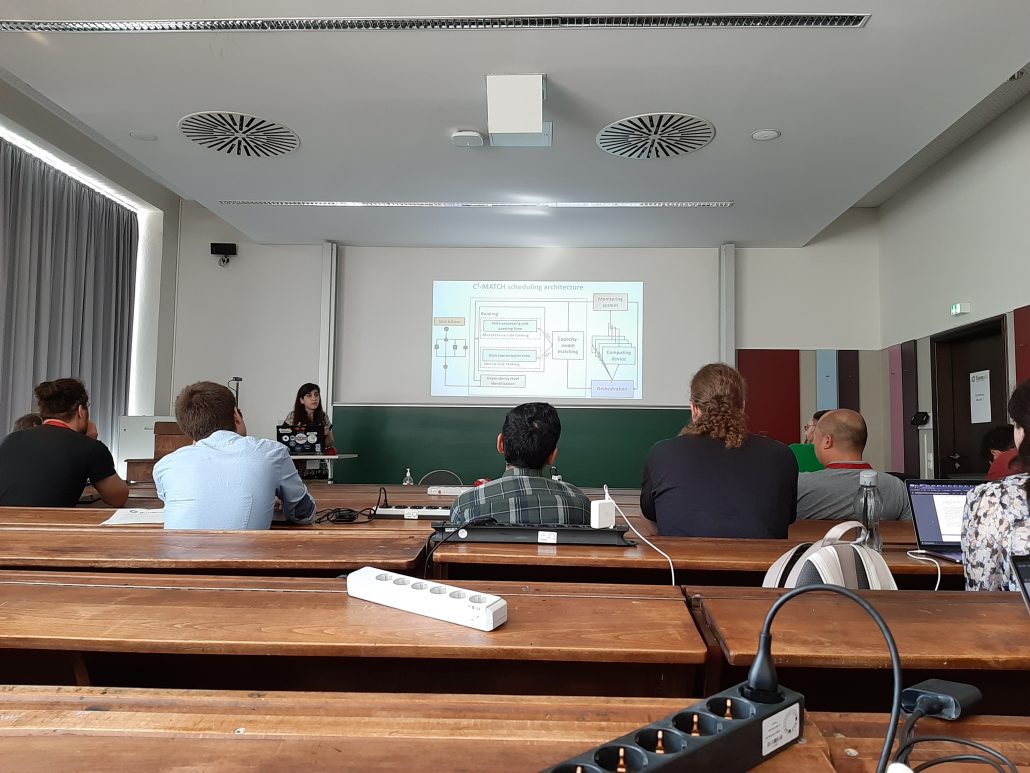
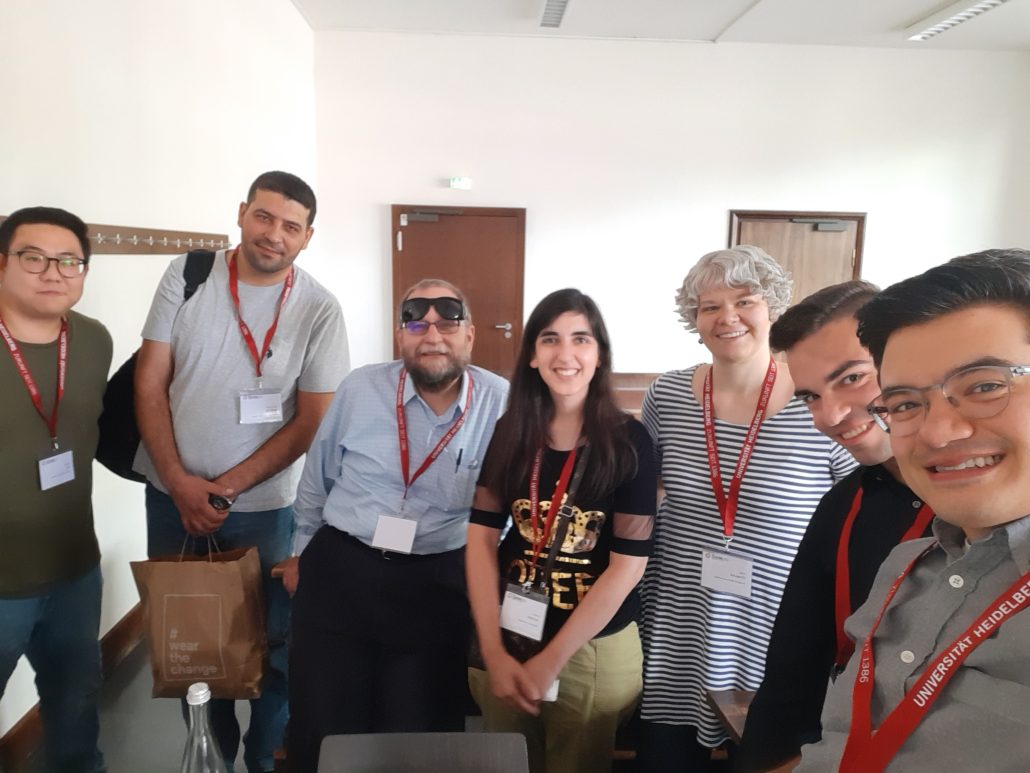
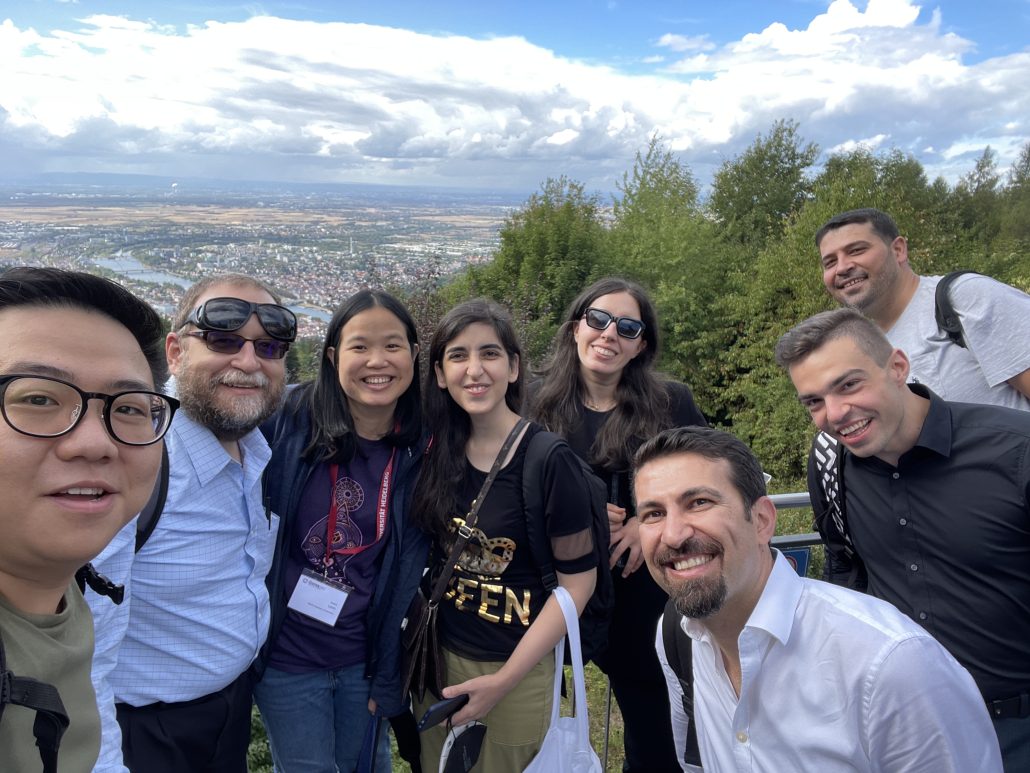
Student travel award at IEEE Cluster 2022
Narges Mehran got the student award for presenting the paper titled “Matching-based Scheduling of Asynchronous Data Processing Workflows on the Computing Continuum” at IEEE Cluster 2022.
The presentation was on the 7th of September: https://clustercomp.org/2022/program/
During the visit of our minister of education (Martin Polaschek), Hermann Hellwagner gave an overview of drone research at the AAU and the use of the drone hall.
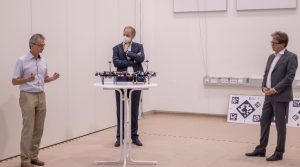
Read more about Mr. Polaschek´s visit here.
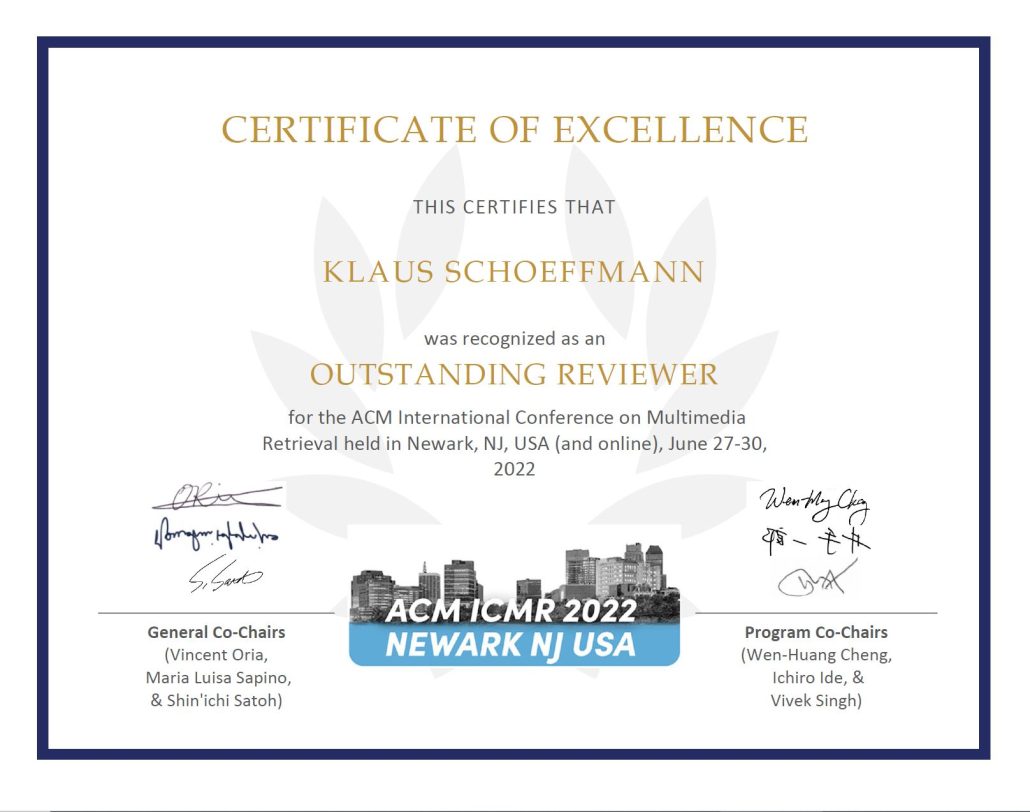 For the quality and timeliness of his reviews, Klaus Schöffmann has been awarded with the Outstanding Reviewer Award at the ACM International Conference on Multimedia Retrieval (ICMR) 2022, which was held at Newark, NJ, USA in June 2022.
For the quality and timeliness of his reviews, Klaus Schöffmann has been awarded with the Outstanding Reviewer Award at the ACM International Conference on Multimedia Retrieval (ICMR) 2022, which was held at Newark, NJ, USA in June 2022.
Project lead/coordination: Radu Prodan
Project partners: IDC Italia, Peracton Limited, Institut Jozef Stefan, Sintef, Universiteit Twente, metaphacts GmbH, Vrije Universiteit Amsterdam, Cineca, Event Registry, Università di Bologna, Robert Bosch GmbH
Abstract: Graph-Massivizer researches and develops a high-performance, scalable, and sustainable platform for information processing and reasoning based on the massive graph representation of extreme data. It delivers a toolkit of five open-source software tools and FAIR graph datasets covering the sustainable lifecycle of processing extreme data as massive graphs. The tools focus on holistic usability (from extreme data ingestion and massive graph creation), automated intelligence (through analytics and reasoning), performance modelling, and environmental sustainability tradeoffs, supported by credible data-driven evidence across the computing continuum. The automated operation based on the emerging serverless computing paradigm supports experienced and novice stakeholders from a broad group of large and small organisations to capitalise on extreme data through massive graph programming and processing. Graph Massivizer validates its innovation on four complementary use cases considering their extreme data properties and coverage of the three sustainability pillars (economy, society, and environment): sustainable green finance, global environment protection foresight, green AI for the sustainable automotive industry, and data centre digital twin for exascale computing. Graph Massivizer promises 70% more efficient analytics than AliGraph, and 30% improved energy awareness for ETL storage operations than Amazon Redshift. Furthermore, it aims to demonstrate a possible two-fold improvement in data centre energy efficiency and over 25% lower GHG emissions for basic graph operations. Graph-Massivizer gathers an interdisciplinary group of twelve partners from eight countries, covering four academic universities, two applied research centres, one HPC centre, two SMEs and two large enterprises. It leverages world-leading roles of European researchers in graph processing and serverless computing and uses leadership-class European infrastructure in the computing continuum.
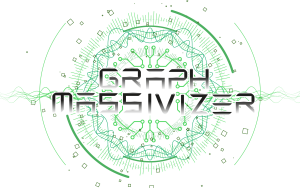
Video streaming is not for online video providers alone. Telco providers are equal players in the game of adaptive video streaming, but to stand out, there is a constant demand for innovations at the edge.
Join us for an interview session between Bitmovin Solution Architect, Adrian Britton, and Alpen Adria University Professor, Dr. Hermann Hellwagner, as they discuss some of the latest research around Edge Computing solutions that will improve functionality for mobile network and CDN providers.
Find here the “Latest Edge Computing Innovations for Video Streaming (ft. ATHENA)” Webinar Recording of 14th June 2022.
20th – 24th June 2022 | Berlin, Germany
Abstract: Live video streaming is expected to become mainstream in the fifth-generation (5G) mobile networks. Optimizing video encoding for live video streaming is challenging due to the latency introduced by any optimization method. In this talk, we introduce low-latency video optimization methods that are utilized to improve the quality of video encodings by predicting optimized encoding parameters.
Hadi Amirpour is a postdoc research fellow at ATHENA directed by Prof. Christian Timmerer. He received his B.Sc. degrees in Electrical and Biomedical Engineering, and he pursued his M.Sc. in Electrical Engineering. He got his Ph.D. in computer science from the University of Klagenfurt in 2022. He was appointed co-chair of Task Force 7 (TF7) Immersive Media Experience (IMEx) at the 15th Qualinet meeting. He was involved in the project EmergIMG, a Portuguese consortium on emerging imaging technologies, funded by the Portuguese funding agency and H2020. Currently, he is working on the ATHENA project in cooperation with its industry partner Bitmovin. His research interests are image processing and compression, video processing and compression, quality of experience, emerging 3D imaging technology, and medical image analysis.